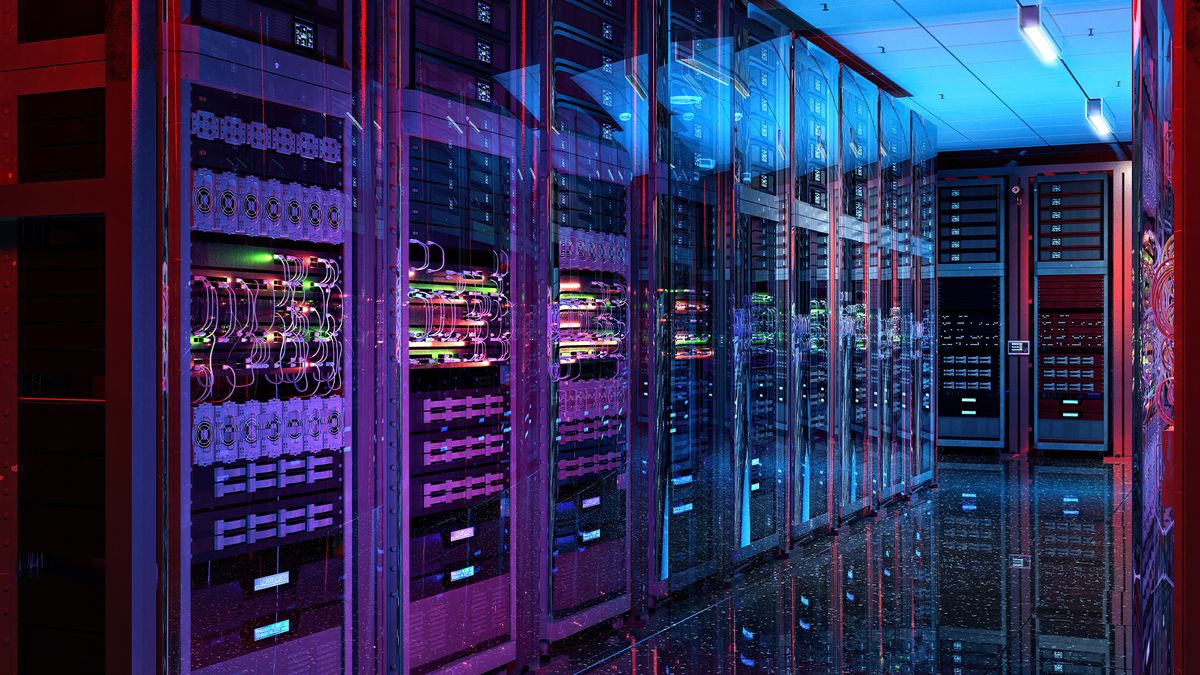There’s hope for the future sustainability of data centers, with new research suggesting that next-generation data center architectures can slash energy consumption, lower carbon emissions, and drive cost savings.
Global data center electricity use is expected to more than double between 2023 and 2028, according to recent figures from IDC, with rising consumption and increased energy costs making them considerably more expensive to run.
However, shifting data centers to solutions based on hybrid cloud and hyperconverged infrastructure (HCI), according to a report commissioned by hybrid multi-cloud computing firm Nutanix, could save up to 19 million tonnes of CO2 equivalent (CO₂e) in the EMEA region alone over a six-year period.
This, the study noted, is equivalent to the emissions of almost 4.1 million cars.
Meanwhile, €25 billion could be saved by 2030 through improved energy and operational efficiencies.
“Data centers are critical to the global digital economy but also rank among the largest consumers of energy. In EMEA alone, data centers demand over 98 TWh of energy annually, equivalent to the consumption of an entire country like Belgium,” said Sammy Zoghlami, SVP EMEA at Nutanix.
“The findings of this report show that by leveraging HCI-based solutions, companies can make a powerful contribution to climate action while significantly cutting operational costs.”
Switching from traditional 3-Tier architectures to an HCI-based platform can reduce energy consumption by more than 27% per year, the analysis found, meaning that across the EMEA region, a full-scale transition could save up to 92 TWh of electricity and eliminate 19 million tons of CO₂e between 2024 and 2030.
In the UK alone, this would equate to savings of 13.4 TWh of electricity; and, thanks to relatively high electricity prices, companies and service providers in the UK that switch on-premise from 3-Tier to HCI could save as much as €3.3 billion between 2024 and 2030.
The benefits can be even greater when migrating HCI platforms to co-location or public cloud environments, Nutanix noted, with potential energy savings reaching as much as 54%.
That’s because of the low power usage effectiveness (PUE) of public cloud providers, as well as the greater flexibility in providing on-demand computing capacity.
“CIOs and digital executives are facing challenges to provide the digital infrastructure to cope with the fast-growing demand for compute power and storage capacity, especially with the emergence of AI applications,” said Carlo Velten from Atlantic Ventures, which carried out the analysis.
“As IT budgets are under pressure and electricity prices are soaring, energy efficient data center and cloud operations are key levers for profitability and sustainability. Hyperconverged infrastructure is at the forefront of transforming data centers into more energy-efficient and climate-friendly operations, as this report confirms.”
More from ITPro
Source link
